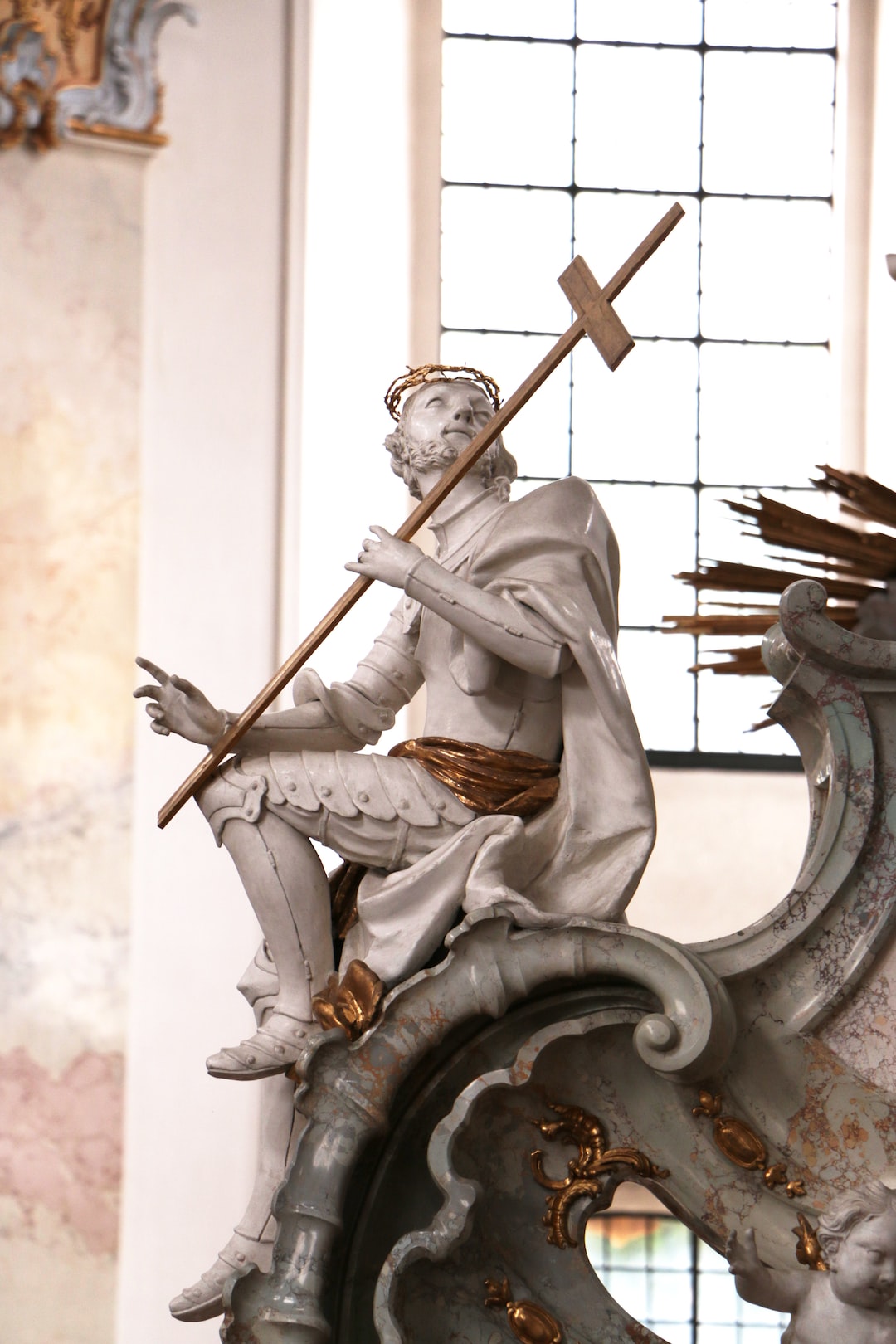Religion has long been a driving force behind the creation of art and architecture, with religious themes and symbolism often woven into the fabric of many masterpieces throughout history. The impact of religion on art and architecture is undeniable, as it has shaped the way artists and architects express their beliefs, values, and spirituality. In this blog post, we will explore the profound influence of religion on art and architecture throughout the ages.
Art has served as a powerful medium for religious expression and storytelling. Many civilizations, such as the ancient Egyptians and Greeks, believed in a pantheon of gods. These deities were often depicted in sculptures, paintings, and murals in temples, tombs, and public spaces. These works of art not only served religious purposes but also communicated stories and myths to the masses who were often illiterate.
Religious art has also been a means of fostering devotion and piety among believers. During the Middle Ages, Christianity was a dominant force in Europe, and religious art played a pivotal role in the spiritual lives of Christians. Paintings, sculptures, stained glass windows, and illuminated manuscripts adorned churches and monasteries, depicting scenes from the Bible, the lives of saints, and the Passion of Christ. These artworks were created with the belief that they had the power to inspire piety and deepen the faithful’s connection to God.
Architecture, on the other hand, has served as a physical manifestation of religious beliefs and a reflection of the divine. Cathedrals, mosques, temples, and other religious structures are often designed with a grandiosity that emphasizes the connection between heaven and earth. The layout, scale, and ornamentation of these buildings are carefully planned to create a sense of awe and reverence in visitors.
In addition to their spiritual significance, religious buildings often serve practical purposes as well. The design of these structures is often influenced by the rituals and practices of the religion they represent. For example, many churches have altars, baptismal fonts, and confessionals strategically placed to facilitate religious ceremonies. Mosques typically have a central prayer hall, mihrabs indicating the direction of Mecca, and minarets from which the call to prayer is made. Such architectural elements not only enhance the religious experience but also provide a designated space for believers to connect with the divine.
Moreover, religion has often had a significant impact on the patronage and funding of art and architecture. Throughout history, religious institutions and wealthy individuals who were devout followers of a particular faith often commissioned and financially supported the creation of religious art and architecture. These patrons believed that investing in these projects would bring them closer to the divine and ensure their place in the afterlife. Thus, religion has played a crucial role in providing financial resources and opportunities for artists and architects to create masterpieces that have stood the test of time.
In conclusion, religion has played a fundamental role in shaping art and architecture throughout history. From ancient civilizations to the present day, religious themes and symbolism have permeated artistic and architectural creations, serving as a medium for religious expression, fostering devotion, and creating divine connections. As we continue to appreciate and study the works of art and architecture left behind by our ancestors, it is essential to recognize and acknowledge the profound influence that religion has had on these masterpieces.

